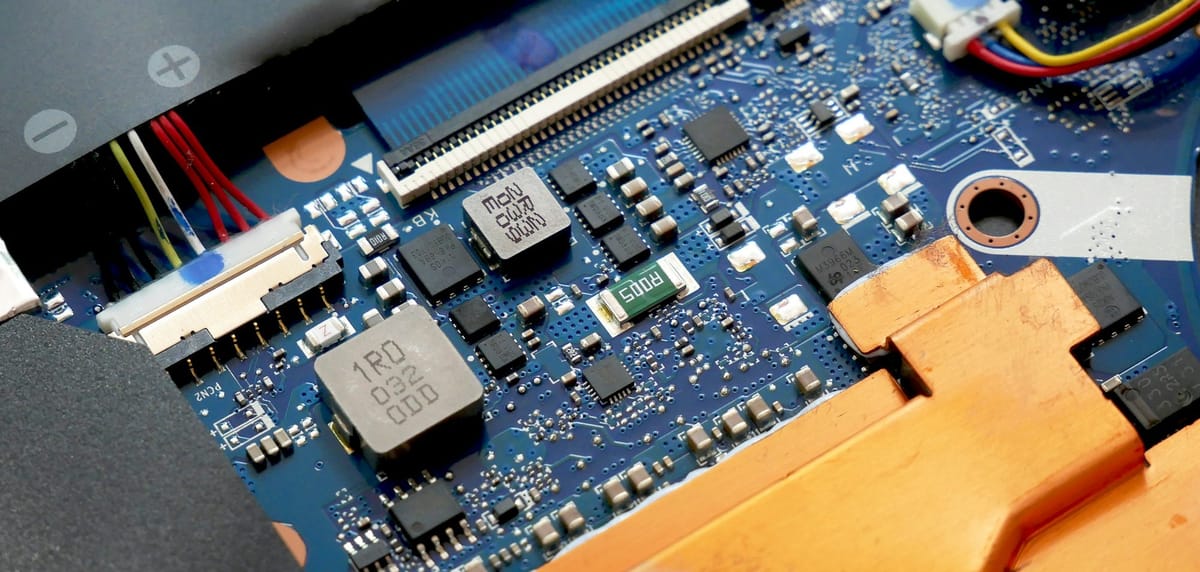Semiconductor Manufacturing Gets a Boost in India—These 5 Stocks Stand to Benefit

India’s semiconductor sector is gaining significant momentum, propelled by government incentives, global partnerships, and rising domestic demand. Investment opportunities have emerged across multiple stock segments—from fabless design to assembly & testing and end-to-end manufacturing.
1. Government Backing & Industry Framework
- India Semiconductor Mission & PLI Scheme: Launched in 2021, this initiative has catalyzed ₹76,000 crore (~US $9 billion) in fiscal incentives and subsidies, including capital expenditure support for new fabs and OSAT plants
- Fab & OSAT Projects Approved:
- HCL‑Foxconn JV: Cabinet and UP state approved a ₹3,706 crore (~US $435 million) OSAT plant in Jewar, expected to process 20,000 wafers/month and produce 36 million display-driver chips monthly by 2027, generating ~2,000 jobs
- Tata Electronics (Assam): A ₹27,000 crore (~US $3.6 billion) indigenous OSAT facility in Jagiroad is scheduled to begin operations by mid-2025
- Global Collaborations:
- Adani partnering with Israel’s Tower Semiconductor on a $10 billion fab in Maharashtra
- Foxconn’s investment into component plant in Chennai and anticipated US-bound Apple supply via HCL JV
Sector Growth Estimates
- Market size & growth:
- ₹38–54 billion (~US $38–54 billion) in 2024–25, expanding at ~18 % annually to become a US $103–105 billion market by 2030
- Regional hotspot:
- Uttar Pradesh currently contributes over 55 % of India’s phone manufacturing and hosts key OSAT/fab clusters supported by state-level tax breaks and infrastructure support
Publicly-Traded Stocks to Watch
India’s semiconductor sector is beginning to see traction not only in terms of infrastructure and policy but also in capital markets. Several listed Indian companies are strategically positioned across the semiconductor value chain—from chip design to fabrication, assembly, and testing.
Bharat Electronics Ltd. (BEL), a government-owned defence electronics major, is expanding its footprint into semiconductor fabrication. With a robust order book and strong backing from the Ministry of Defence, BEL is well-positioned to play a strategic role in India’s indigenous chip ecosystem (Tickertape).
Dixon Technologies, widely known as one of India’s largest electronics manufacturing services (EMS) providers, is strengthening its presence in chip packaging and OSAT (Outsourced Semiconductor Assembly and Testing). As a key participant in India’s PLI (Production Linked Incentive) scheme, Dixon is expected to benefit from both domestic demand and global contract manufacturing opportunities.
CG Power and Industrial Solutions is emerging as a vital player in the OSAT space as well. Through a joint venture with Japan’s Renesas Electronics and Thailand’s Stars Microelectronics, CG Power is developing capabilities in semiconductor packaging and testing. This partnership aims to address the critical bottleneck in India’s back-end semiconductor supply chain.
MosChip Technologies represents India’s growing strength in the fabless semiconductor design space. The Hyderabad-based firm focuses on ASIC (Application Specific Integrated Circuits), system-on-chip (SoC) solutions, and embedded design. With a five-year compound annual growth rate (CAGR) of over 83%, MosChip is quickly gaining traction in international markets (AngelOne).
Tata Elxsi, a subsidiary of the Tata Group, brings strength in software-led design services that complement the semiconductor ecosystem. Its work in automotive electronics, AI, and IoT systems makes it a vital contributor to chip-enabled innovation. Tata Elxsi is considered a safe mid-cap pick with consistent revenue growth and sectoral alignment.
In parallel, HCL Technologies is contributing through its VLSI (Very-Large-Scale Integration) services and embedded engineering vertical. HCL is also a strategic partner in the HCL–Foxconn JV OSAT project approved by the Indian government, further strengthening its on-ground execution capacity.
Other notable mentions include Vedanta Ltd., which has partnered with Foxconn for a large-scale chip fabrication project. Although the venture has seen some regulatory and partnership hurdles, Vedanta’s ambition to become India’s first full-scale chip foundry cannot be ignored. Additionally, ABB India, while not a semiconductor company per se, is vital for its automation and infrastructure systems used in fabs and cleanroom environments.
As of mid-2025, these companies present varied exposure to India’s semiconductor journey—spanning manufacturing, design, integration, and allied services. However, investors should balance long-term strategic outlooks with near-term execution risks, including capital intensity and policy dependencies.
4. Risk Factors
- Execution & Infrastructure: Nascent fab builds take >2 years; supply chain logistics and infrastructure may delay timelines en.wikipedia.org.
- Capital Requirements: Heavy investments are required; ROI timelines depend on subsidy flows and technical partnerships.
- Global Competition & Trade Dynamics: India faces rivalry from China, Taiwan, Vietnam; geopolitical sensitivities and trade barriers could affect growth washingtonpost.com.
- Domestic Bureaucracy: Regulatory patchwork across states may impact investor sentiment.
5. Investment Outlook & Strategic Roadmap
- Diversified exposure: Consider a portfolio approach—include design-centric leaders (MosChip, Tata Elxsi, HCL), infrastructure firms (ABB, CG Power, Dixon) and pure-play hardware fabs (BEL, Vedanta).
- Milestone monitoring: Track key targets such as Jewar and Jagiroad commissioning (by 2025–27), OSAT capacity ramp-ups, and investor inflows.
- Due diligence: Conduct thorough analysis on balance sheets, PLI entitlement, execution track record, and management capability.
- Global macro awareness: Monitor trade policy, export incentives, and comparative shifts in global chip manufacturing hubs.
Conclusion
India is statically transitioning from assembly-based electronics to a vertically integrated semiconductor ecosystem—spanning design, fabrication, packaging, and testing. Backed by aggressive policy measures, strong global partnerships and rising domestic demand, the sector is ripe for strategic investment. However, patient and informed capital allocation—coupled with vigilant execution tracking—is essential to realize its full potential.




